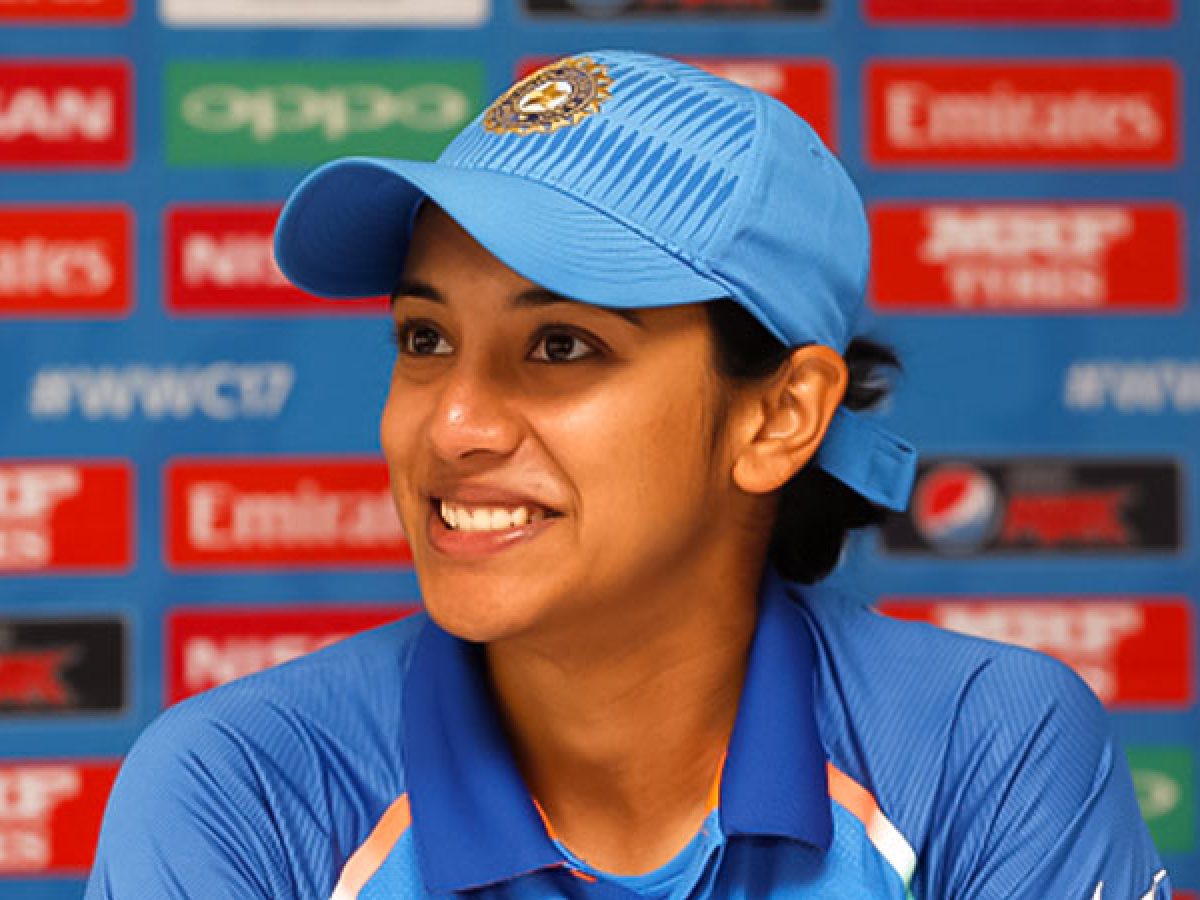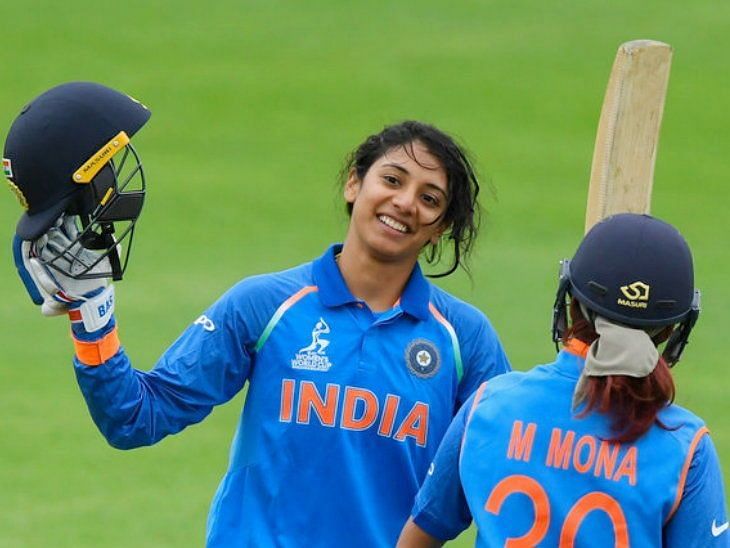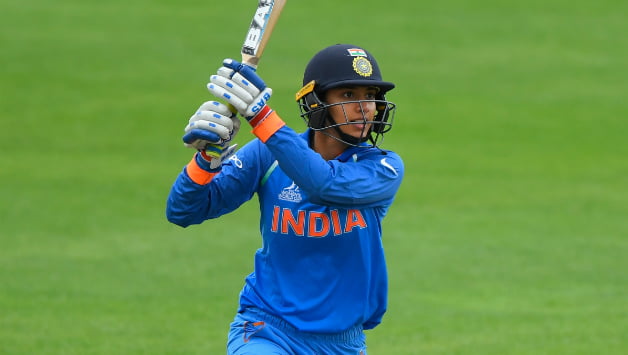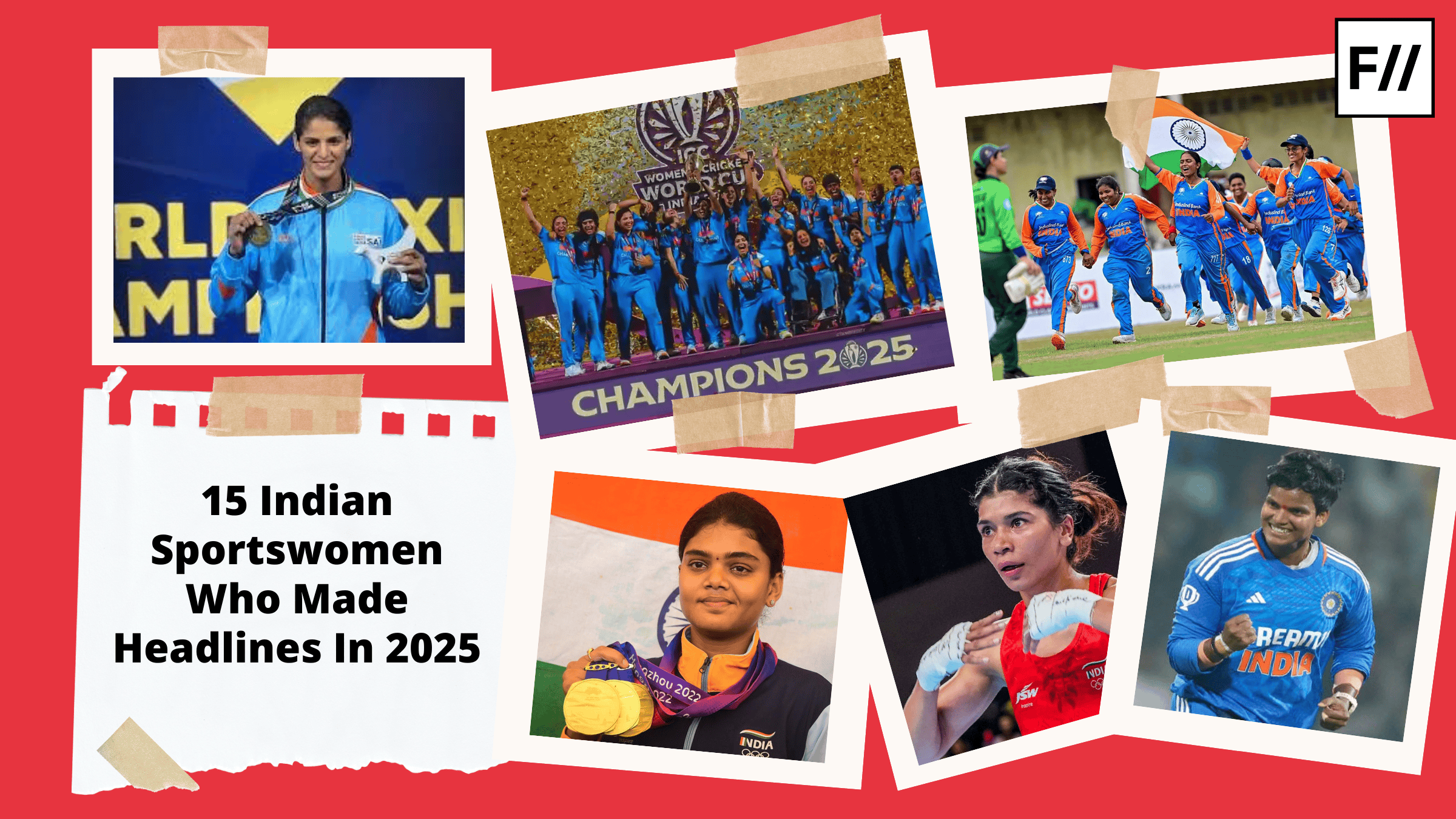Smriti Mandhana is someone who had signed up for cricket as a nine-year old for fun. The left handed batsperson is the second cricketer to feature in a foreign T20 league and has a World Cup century attached to her name.
Smriti Mandhana was born on 18 July 1996 in Mumbai to Smita and Shrinivas Mandhana. Both her father and brother had been cricketers and played for Sangli, Madhavnagar, where she also completed her formal education. At the mere age of 11, she was fast tracked to Maharashtra Under-19 side and four years later, to the senior team. She played as a crucial hand in India’s historic test win in England in 2014 in her debut.
She became the first Indian to play Kia Super League in June 2018. It was also the year where she was named in the Hobart Hurricanes’ squad in the Women’s Big Bash League (WBBL).The determined cricketer gave up science in school, and a career in hospitality, to become an asset to Indian Sports.
Smriti Madhana has also bagged several honors and awards in her name, which include the Arjuna Award and Lokmat Maharashtrian of the Year Award (2019). She has won the title of Women’s Cricketer of the Year twice, thereby winning the Rachael Heyho Flint‘s trophy in the year 2021. In 2021 she had scored 855 runs in 22 internationals at an average of 38.86 with one century and five half-centuries
Also read: Deepti Sharma: The All-Rounder And Exceptional Spinner Of The Indian Women’s Cricket Team

Smriti backed a double-ton in Domestic one-day competition and a century in the Australian World Cup, at the age of 20. Her diligence has proved to bring several laurels to the country and has resulted in a shift in focus towards the Women’s Cricket Team as well. But this has also led to her game coming under severe criticism for under-performing in two successive editions of World T20, and in her debut in the Women’s Big Bash League. She had to take a break for five months due to an ACL tear in January 2017, but broke records later the same year in the World Cup.
Smriti Mandhana has a positive approach to dealing with issues that come her way and has spoken widely on the topic of the gender pay gap. She openly ruled out that the pay disparity which is quite drastic. She highlighted that the bottom line of the major problem is how revenue for the Women’s Cricket Team comes from the Men’s Cricket Team. The Indian audience in particular is largely inclined towards the men’s cricket and the cricketers playing for the team.
“We need to understand that the revenue which we get is through men’s cricket. The day women’s cricket starts getting revenue, I will be the first person to say that we need the same thing. But right now, we can’t say that,” she told reporters.
Sports is a field where gender bias is very strong. Whereas the highlight of discussion should be the enthusiasm, game and strengths of the athlete, it is Smriti’s “beauty” or “what she is wearing”, that gets the attention and not her game and scores. There are opinions on the internet which keep Smriti at the top of the most beautiful Indian Women Cricketer and Mithali Raj as the last, which highlights a clear bias towards fair skin

Smriti Madhana has also bagged several honors and awards in her name, which include the Arjuna Award and Lokmat Maharashtrian of the Year Award (2019). She has won the title of Women’s Cricketer of the Year twice, thereby winning the Rachael Heyho Flint‘s trophy in the year 2021. In 2021 she had scored 855 runs in 22 internationals at an average of 38.86 with one century and five half-centuries.
Sports is a field where gender bias is very strong. Whereas the highlight of discussion should be the enthusiasm, game and strengths of the athlete, it is Smriti’s “beauty” or “what she is wearing”, that gets the attention and not her game and scores. There are opinions on the internet which keep Smriti at the top of the most beautiful Indian Women Cricketer and Mithali Raj as the last, which highlights a clear bias towards fair skin.
As an audience, this diversion of focus is stereotypical and sexist, and needs to be changed. The narrow and misogynistic mindset which cages a female sports player in the bubble of beauty, colour or any other factor is extremely offensive. We need to grow and rightfully shift our attention to the hardwork that comes from the women’s team as much as the Indian men’s team.
Also read: Harmanpreet Kaur: The Inspiring Journey Of The Indian Women’s Cricket T20 Captain
Featured Image: Cricket Country
About the author(s)
Sonal specializes in social and political writing and considers it to be her strongest skill. She is an undergrad media student who never fails to voice her opinion on matters and isn't afraid to express her heart. She has worked as a social media manager and a content writer. Sonal enjoys running, reading, and dancing, all as an amateur but by grace





A cricketers pay depends on the crowd they can pull in. Even male cricketers get paid differently. Women themselves don’t watch women’s cricket, but they want equal pay for female cricketers. Furthermore, being a female batsman is easy as the fastest female bowler is only medium pace. Ability matters. If we look at world records at the Olympics, and compare men’s world records with women’s world records, we find that men’s world records are much better, regardless of whether the sport requires strength, speed, stamina, or skill. By the way, do you know that Australia’s national women’s soccer team lost 7-0 to a group of 15 year old kids? Google it.